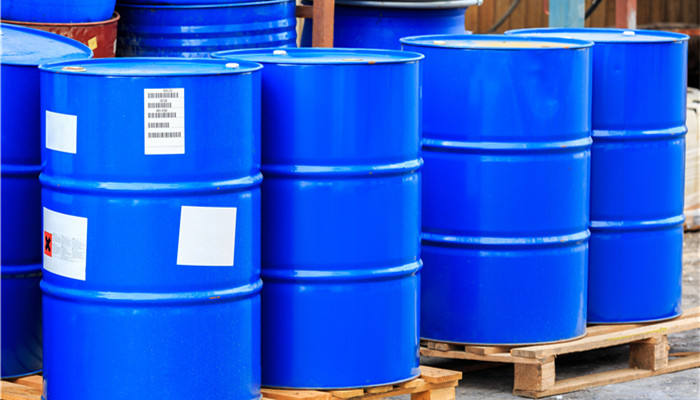
Polybutene-1 (PB) is widely used in the field of pipes. The process of localization in the Chinese market is accelerating.
Polybutene-1 (PB) refers to the copolymer of butene-1 and is a polyolefin material. Polybutene-1 appears as a translucent colorless solid, odorless, soluble in chlorinated hydrocarbons, diethyl ether and petroleum ether, but insoluble in acetone and ethanol. Polybutene-1 has the advantages of good durability, good mechanical properties, good high temperature creep resistance, and resistance to chemical corrosion. It is called “plastic gold” and is widely used in many fields such as food processing, medical equipment, and pipes.
Based on the degree of polymerization, polybutene-1 can be divided into atactic polybutene-1, isotactic polybutene-1 and syndiotactic polybutene-1. Isotactic polybutene-1 (iPB) is the mainstream product in the polybutene-1 market. It has the advantages of recyclability, strong endurance, green environmental protection, etc., and can be used to manufacture high-performance plastic pipes. As the application demand for segmented products grows, the prosperity of the polybutylene-1 industry will increase.
According to the “2023-2028 China Polybutene-1 (PB) Industry Market In-depth Research and Development Prospects Forecast Report span>》shows that polybutene-1 has excellent comprehensive properties and is widely used in many fields, with the pipe field being its largest demand end. Polybutylene-1 pipes have the advantages of lightweight, low density, corrosion resistance, heat resistance, etc., and can be used as building pipes, industrial pipes, natural gas pipes, water supply pipes, etc. In recent years, as my country’s urbanization process accelerates, the government’s investment in infrastructure construction has continued to increase, and the construction quality of municipal pipeline projects has been further improved. Against this background, the growing application demand for polybutylene-1 pipes will bring opportunities for the development of the polybutylene-1 industry.
The global polybutene-1 market is mainly concentrated in European, American, Japanese and Korean countries. Representative companies include Mitsui Group of Japan, Lyondell Basell of the Netherlands, Aikang Co., Ltd. of South Korea, and Hemmings Chemical of Germany. Company (HULS), BASF AG (BASF), etc. Leon de Basel in the Netherlands uses the liquid phase bulk method to produce polybutene-1. It is one of the earliest companies in the world to achieve large-scale production of polybutene-1. Its product sales currently rank first in the world.
Compared with overseas developed countries, my country’s polybutene-1 industry started late, its technology level is relatively backward, and its demand is highly dependent on imports. In recent years, as local companies continue to exert their efforts, the market share of my country’s domestic polybutene-1 has increased. Baofeng Energy, Sinopec, Rongsheng Petrochemical, Dongfang Hongye, etc. are the main players in my country’s polybutene-1 market. In February 2022, Sinopec Zhenhai Refining and Chemical Branch’s 3,000-ton annual high-isotactic polybutene-1 industrial demonstration unit was officially put into operation, and has now produced qualified products.
Industry analysts said that polybutene-1, as a polyolefin material, has broad application prospects in the field of pipes. As downstream demand is gradually released, the development of the industry will accelerate. Compared with overseas developed countries, the technical level of polybutene-1 in my country is relatively backward. In the future, as local companies continue to exert their efforts, my country’s high-performance polybutene-1 production is expected to increase.

 微信扫一扫打赏
微信扫一扫打赏

